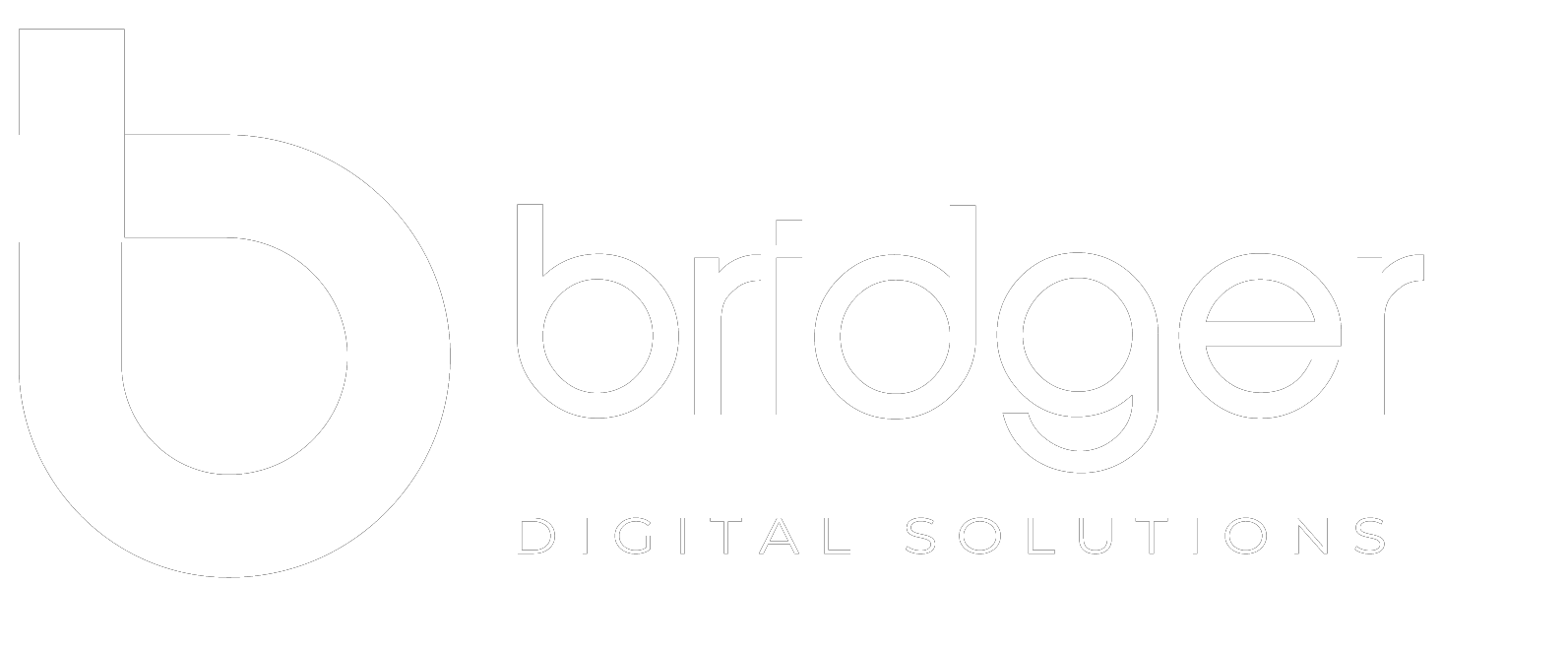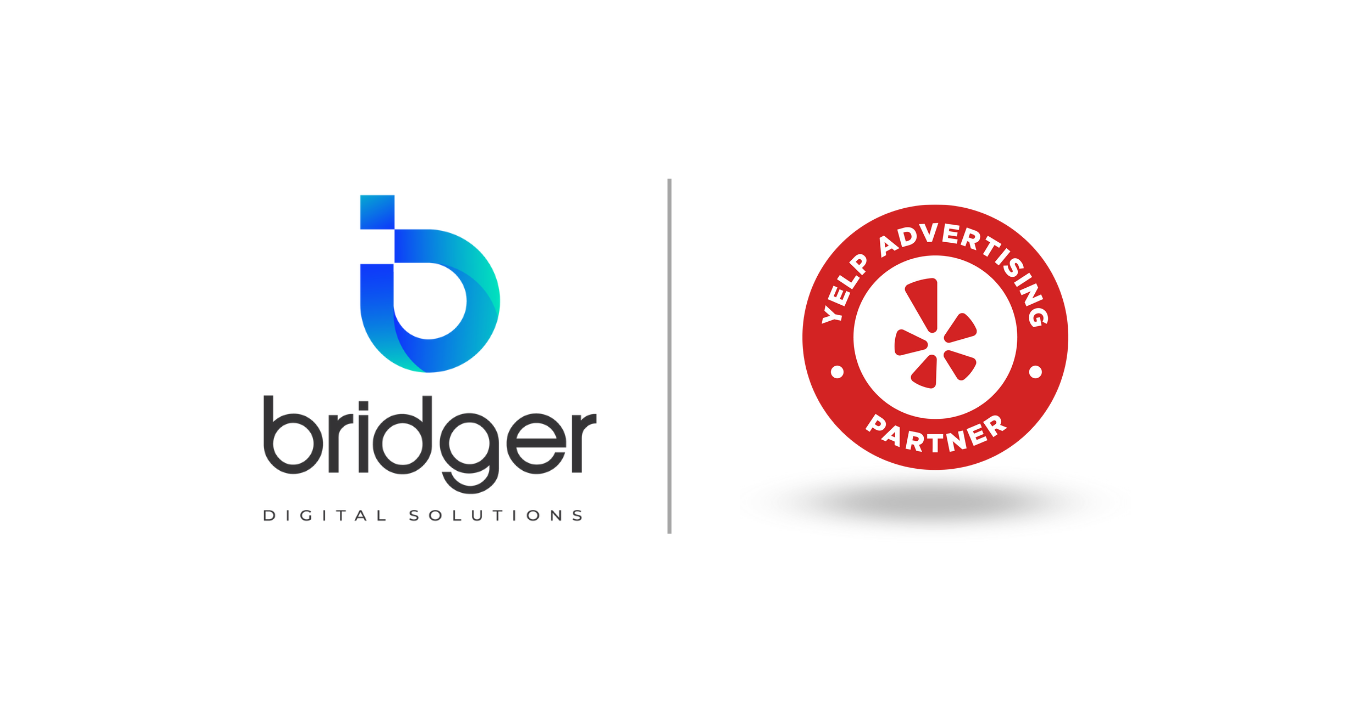Maximizing Your Marketing Strategy with Chat GPT: A Step-by-Step Guide
Marketing is an essential aspect of any business. It is the process of identifying customer needs, creating a product or service that satisfies them, and communicating its value to potential customers. A successful marketing strategy can help businesses increase their customer base, generate more leads, and boost sales. In recent years, chatbots have become increasingly popular in digital marketing. Chatbots are AI-powered tools that can help businesses automate customer conversations, save time, and improve customer service. Chat GPT, a large language model trained by OpenAI, is one of the most advanced chatbots available today. This blog post will explore how you can use Chat GPT to maximize your marketing strategy and grow your business.
Advantages of using Chat GPT for Marketing
Chat GPT is an AI-powered tool that uses natural language processing to understand and respond to customer queries in a human-like manner. It can be trained to understand complex queries and provide accurate and relevant responses, making it an ideal tool for digital marketing as it can help businesses automate conversations with their customers, save time, and improve customer service. Here are some of the advantages of using Chat GPT for marketing:
- 24/7 Availability: Chat GPT can be available 24/7 to answer customer queries and provide support. It means businesses can provide round-the-clock customer service without employing additional staff.
- Personalized Communication: Chat GPT can be trained to understand customer preferences and provide personalized responses. The tool can help businesses create a more engaging and personalized customer experience.
- Cost-effective: Chat GPT can be a cost-effective alternative to hiring additional staff for customer service. It can help businesses save time and money by automating repetitive tasks and providing accurate responses to customer queries.
Defining your Marketing Goals using Chat GPT
Before using Chat GPT to improve your marketing strategy, you must define your marketing goals. Are you looking to increase website traffic, generate leads, or improve customer engagement? Once you have a clear idea of what you want to achieve, you can start planning how to use Chat GPT to achieve those goals.
For example, to increase website traffic, you can use Chat GPT to provide customers with personalized recommendations for products or services based on their preferences. You can also use Chat GPT to provide customers with relevant information about your business and its products or services.
Identifying your target audience
Knowing your target audience is crucial for any marketing strategy, and it's no different when using Chat GPT. Who are your customers? What do they want? What problems are they trying to solve? The better you understand your target audience, the more effective your chatbot will be at engaging them.
You can use tools like Google Analytics, Ads, and Google Console to identify your target audience. These tools can provide valuable insights into your customers' demographics, interests, and online behaviour. You can use this information to create a chatbot script tailored to your audience and designed to achieve your marketing goals.
Creating campaigns
Once you have defined your marketing goals and identified your target audience, it's time to create campaigns using Chat GPT. Your campaign should be tailored to your audience and designed to achieve your marketing goals. It should be engaging, informative, and easy to follow. Remember, the goal of your chatbot is to provide value to your customers and help them achieve their goals.
Here are some tips for creating successful chatbot campaigns:
- Provide personalized recommendations: Use Chat GPT to give customers personalized recommendations for products or services based on their preferences. Offer promotions: Use Chat GPT to offer promotions to customers. For example, you can offer a discount code to customers who have interacted with your chatbot.
- Provide relevant information: Use Chat GPT to provide customers with relevant information about your business and its products or services. For example, you can use Chat GPT to answer frequently asked questions about your business.
- Use conversational language: Use conversational language in your chatbot script and help customers feel like they are talking to a real person and make the experience more engaging.
Monitor and Optimize
Like any marketing strategy, your chatbot must be monitored and optimized to ensure it's achieving your marketing goals. Use analytics tools to track your chatbot's performance and identify improvement areas. Test different scripts and conversation flow to see what works best for your audience.
Here are some tips for monitoring and optimizing your chatbot:
- Use analytics tools: Use tools like Google Analytics to track your chatbot's performance, which will help you identify areas for improvement and make data-driven decisions about your marketing strategy.
- Test different scripts: Test different chatbot scripts to see what works best for your audience. Use A/B testing to compare different scripts and identify the most effective ones.
- Optimize conversation flow: Optimize your chatbot conversation flow to make it more engaging and personalized for your audience. Use natural language processing to understand customer queries and provide accurate responses.
Train your Chat GPT
Now that you have your script, it's time to train your Chat GPT. Chat GPT is an advanced chatbot that can be trained to understand natural language and respond to customer queries in a human-like manner. The more you train your chatbot, the better it will be at engaging your customers and providing them with the necessary information.
Here are some tips for training your Chat GPT:
- Use conversational language: Use conversational language in your chatbot script to train your Chat GPT to understand natural language.
- Provide feedback: Provide feedback to your Chat GPT to help it improve its responses. Correct any mistakes and provide additional information when necessary.
- Use machine learning: Use machine learning to help your Chat GPT learn from customer interactions and improve its responses over time.
Chat GPT is a powerful tool for digital marketers looking to improve their marketing strategy. By defining your marketing goals, identifying your target audience, creating a chatbot script, training your chatbot, and monitoring and optimizing its performance, you can maximize the potential of Chat GPT and grow your business.
Chat GPT can help businesses automate customer conversations, save time, and improve customer service. It can provide round-the-clock customer service, personalized communication, and cost-effective solutions. To use Chat GPT to its full potential, businesses must define their marketing goals, identify their target audience, create campaigns, monitor and optimize their chatbot, and train their Chat GPT. By doing so, businesses can create a more engaging and personalized customer experience and achieve their marketing goals more effectively.



